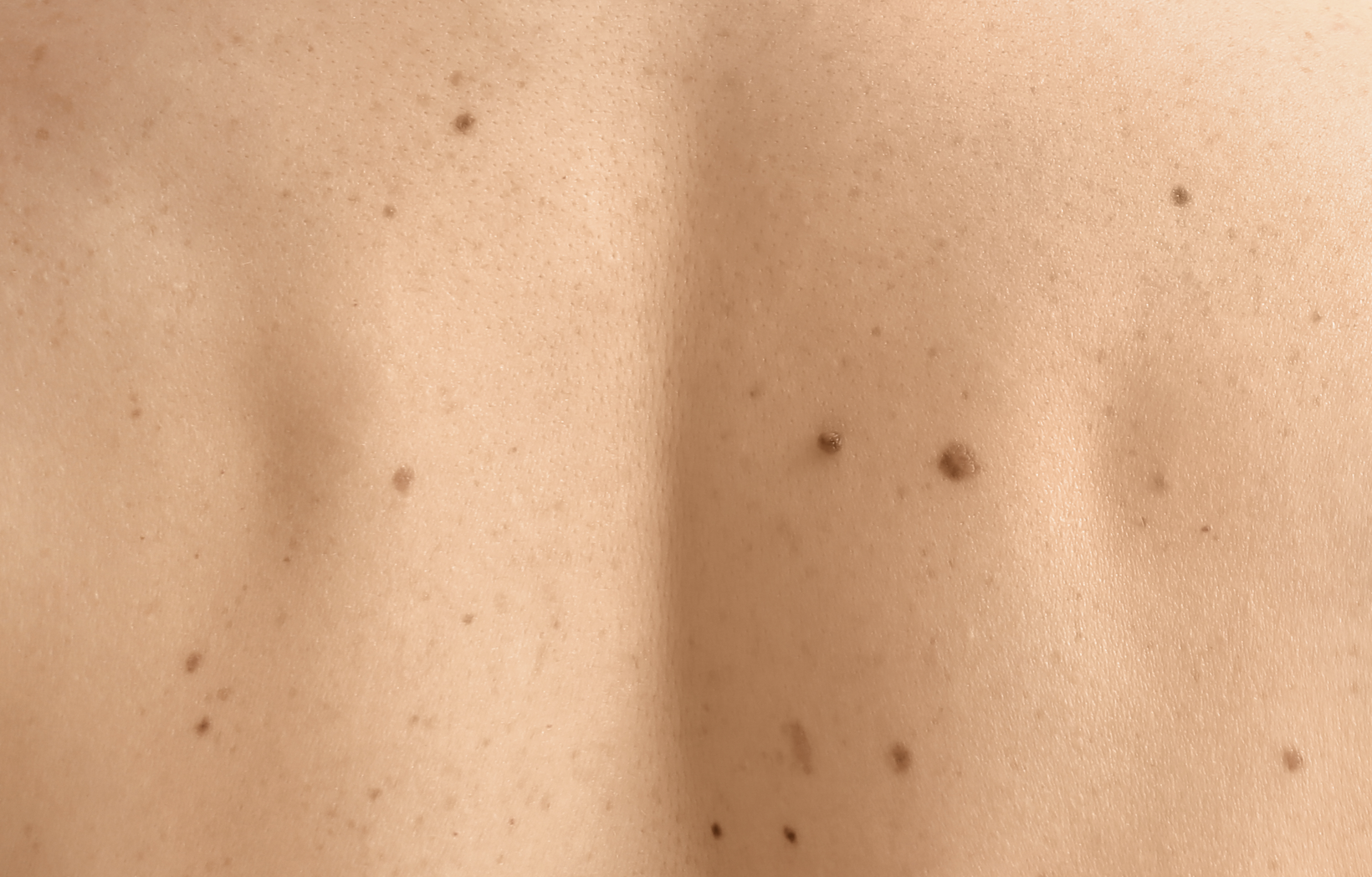THE IMPORTANCE OF MOLE MAPPING
London Dermatology | 21 February 2025
Even for experts, melanoma identification can occasionally be difficult. Monthly skin self-examinations and yearly full-body skin checks with a medical professional are two strategies for the early detection of melanoma. Mole mapping is one of the more sophisticated techniques. Mole mapping is a non-invasive, painless method of detecting melanoma that tracks changes in existing moles and finds new ones using full body photography. Mole mapping may be a useful alternative for you for early diagnosis if your insurance covers it and your healthcare practitioner provides it.
Mole mapping is a non-invasive technique that creates high-resolution pictures of your skin using specialised imaging technology. Your dermatologist then examines these photos to look for any changes in skin patches or moles.A digital database contains the photographs. Usually, this procedure is carried out once a year to monitor any changes over time.
Additional photos will be taken during your follow-up exams to evaluate how your moles have changed over time. Dermatologists can notice possible indications of skin cancer before it worsens by monitoring changes in moles and skin patches. This increases the likelihood of positive results and enables early treatment.
The idea of melanoma or other skin tumours can be frightening to many people. By routinely checking your skin for any changes, mole mapping might bring you peace of mind. This can enable you to take preventative measures to safeguard your skin and help ease any fear or concern you may have about possible melanoma.
Mole mapping assists in notifying your dermatologist as soon as possible of a probable melanoma. Usually starting in an existing mole or lesion, melanoma can spread to other organs in the body, where it is difficult to cure and frequently fatal if not found and treated in a timely manner.
One of the most important tools for melanoma early detection is mole mapping. Dermatologists can spot possible problems and treat them early by routinely checking your skin for changes. Make an appointment for mole mapping with your dermatologist if you are worried about your skin or if skin cancer runs in your family. The largest organ in your body, your skin has to be taken care of.

